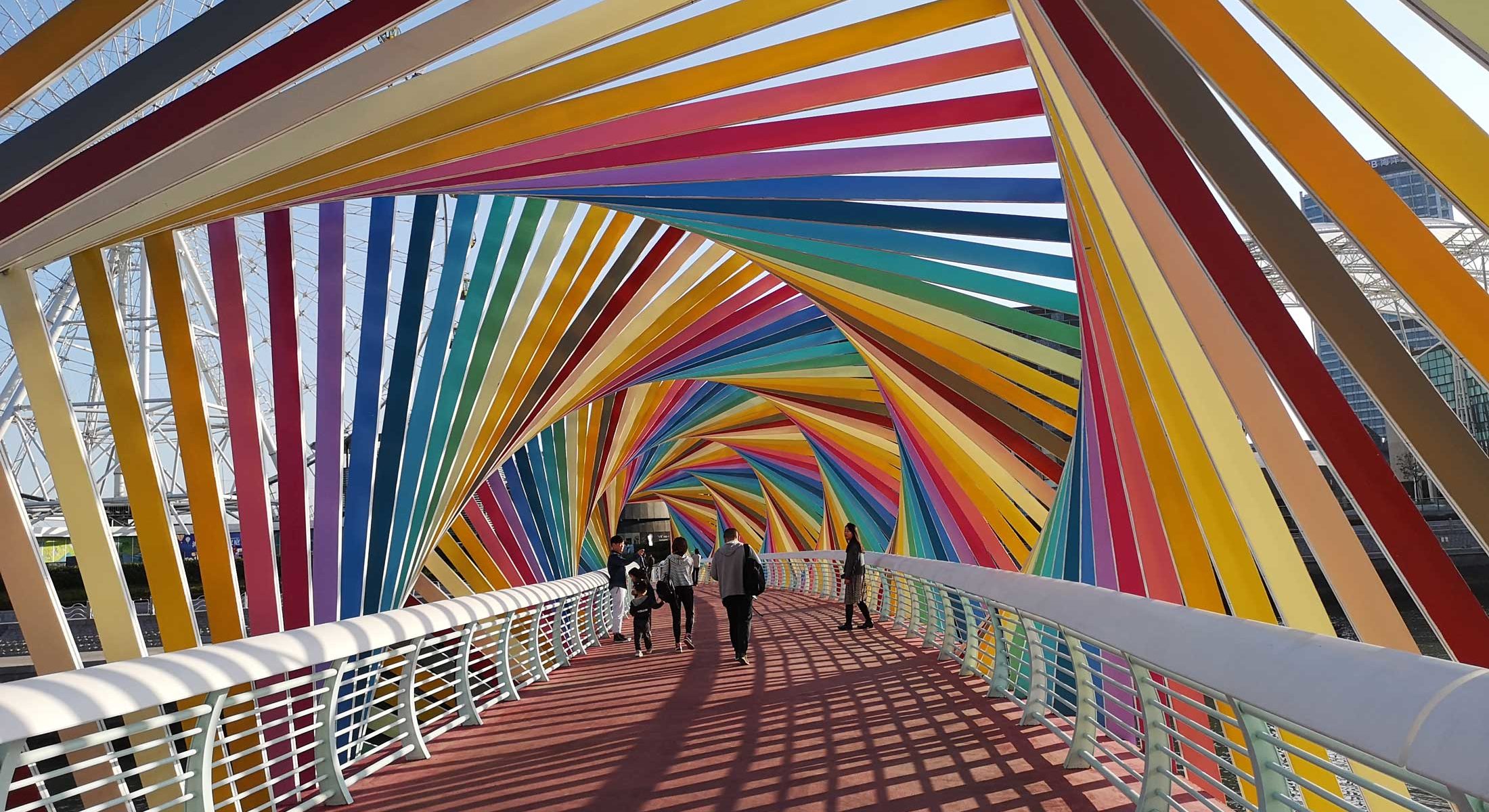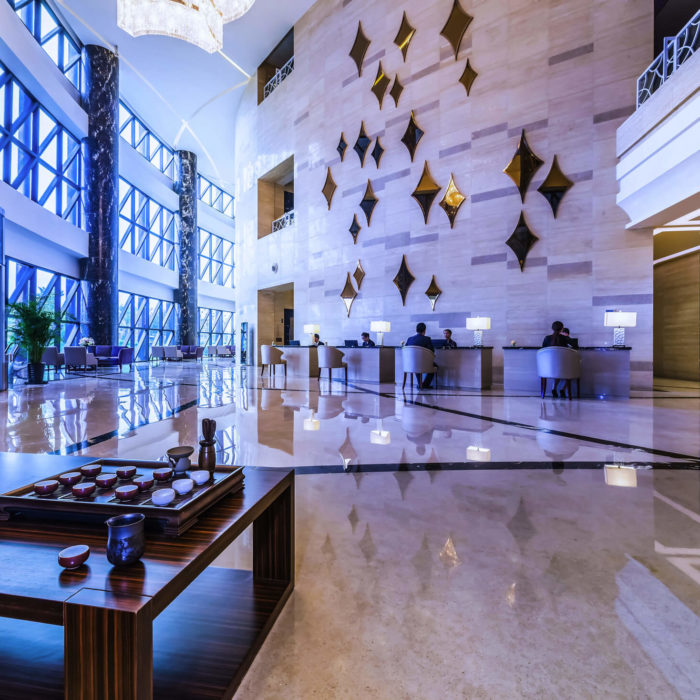Qingdao
Coastal charm, colonial relics and bustling seafood restaurants
Join the locals on their customary stroll along the 19th-century Zhanqiao Pier as the sun sets, and you’ll understand why Qingdao is rapidly becoming one of China’s biggest hits with visitors. Looking back to shore, the red-roofed colonial buildings make an unusual sight on the horizon, sharing the undulating hills with colourful, multi-tiered pagodas. All are dwarfed by the gleaming, plate-glass skyscrapers that signify the city’s growth and future potential.
With the twin towers of St. Michael’s Cathedral as a focal point, the old town’s warren of streets, lined with German colonial edifices, is a joy to explore on foot. Buzzing restaurants and market stalls spill out onto Zhongshan Road. As evening draws on, crowds swell as they graze at street-food stalls on chicken skewers, steamed pork dumplings and fried crickets.
And when it comes to a dinner, premium seafood dominates the menus of traditional restaurants. The best specials boards are seasonal, featuring octopus in winter, and squid in summer and autumn. Favourites may include kǎo yóuyú roast squid, or huŏguō hot pot with a selection of abalone, prawns and sea cucumber, all washed down with a bottle or two of locally brewed Tsingtao beer.
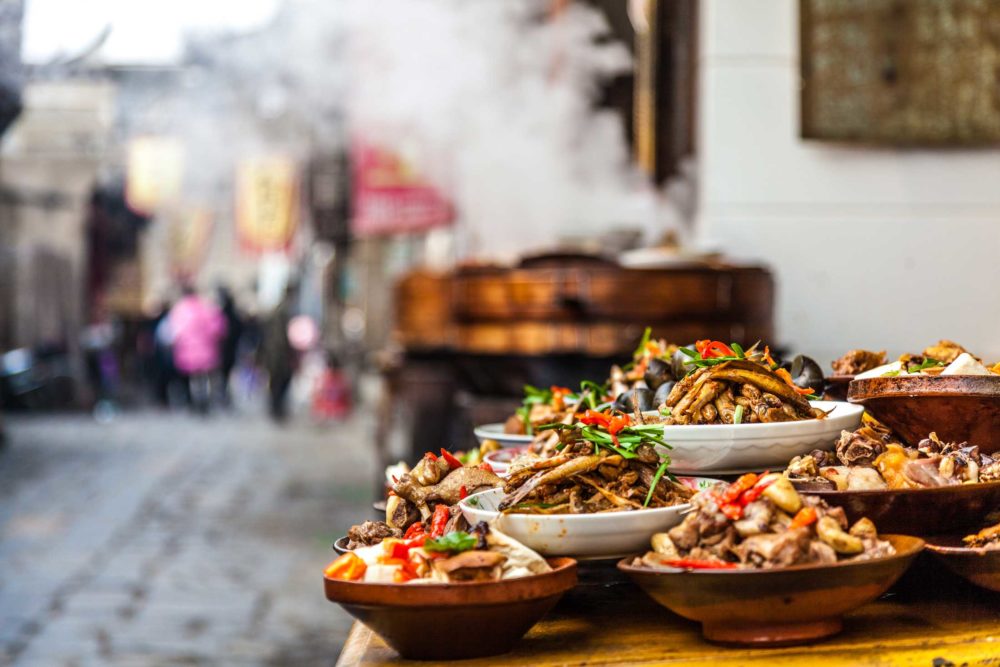
Laoshan National Forest Park lures visitors keen to visit sacred Taoist temples, which add flecks of red, blue and gold to the area’s natural canvas. Off the beaten track, you may come upon bubbling springs and the sacred cave where the monk Tian Baiyun once lived and meditated. From there, paths up forested peaks lead to more of those views of Qingdao’s spectacular skyline.
Discover also
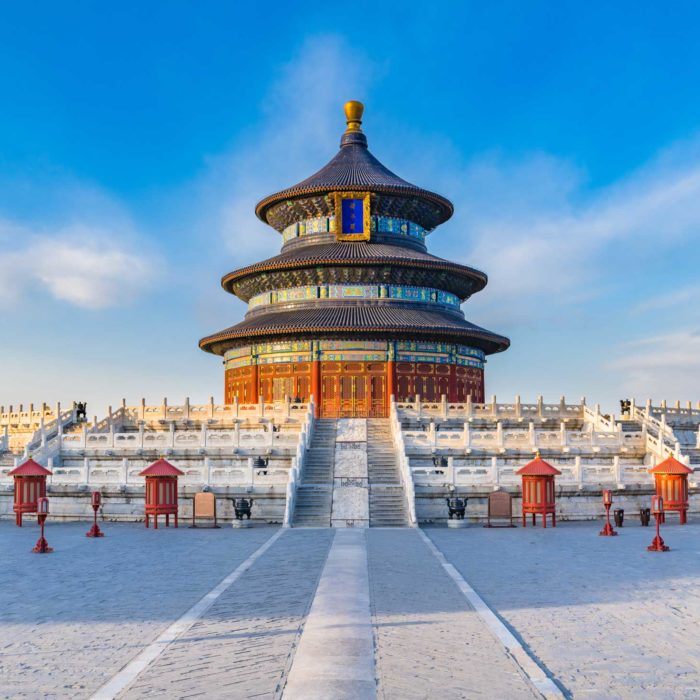
Beijing
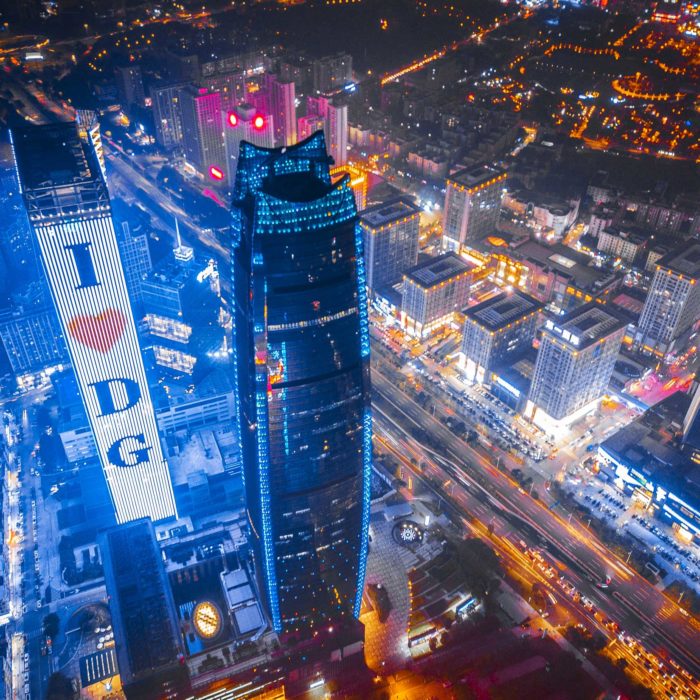
Dongguan
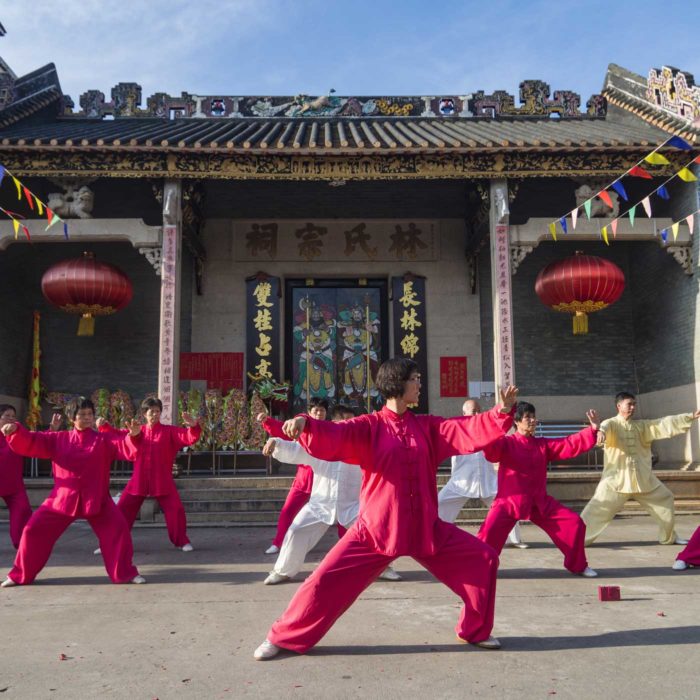
Foshan
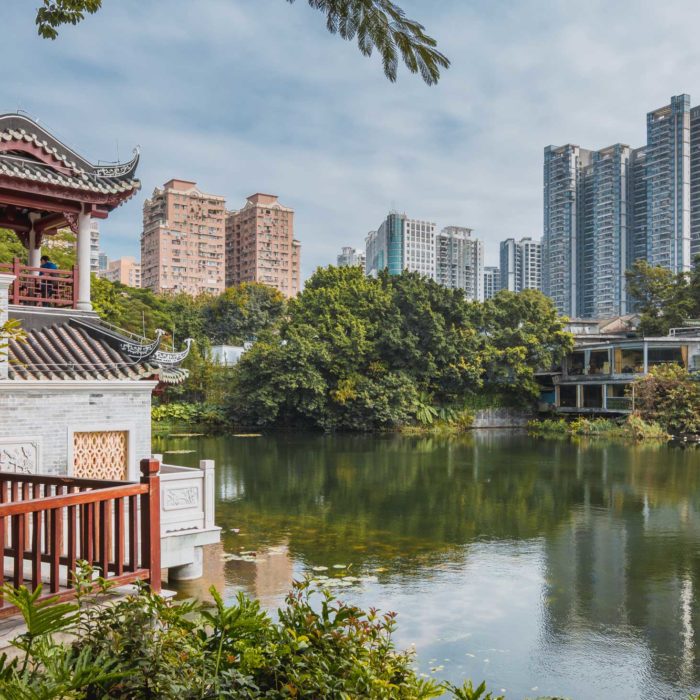
Guangzhou
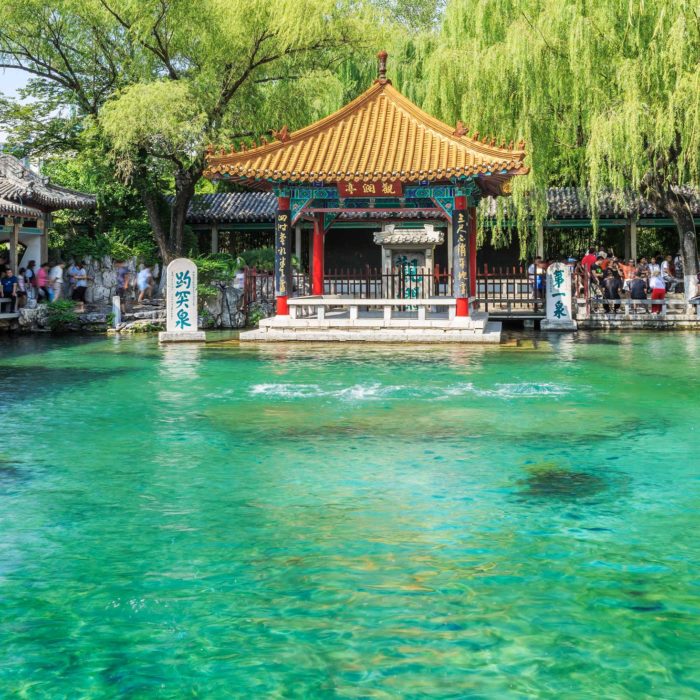
Jinan
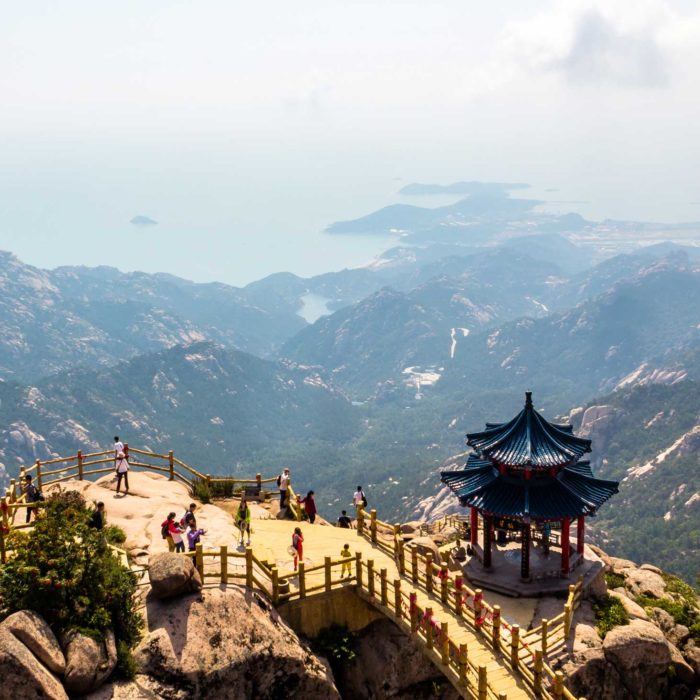
Pingdu
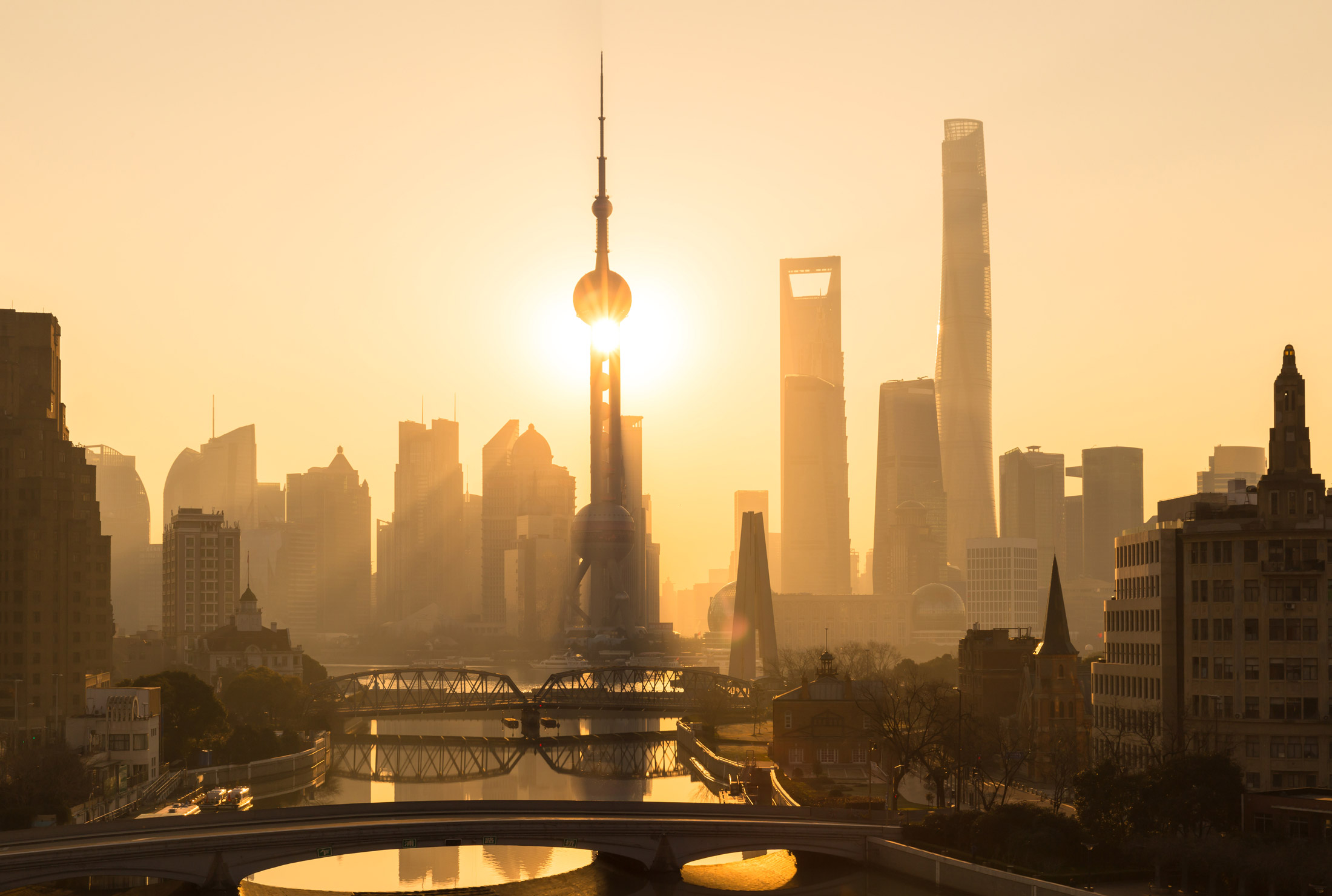
Shanghai
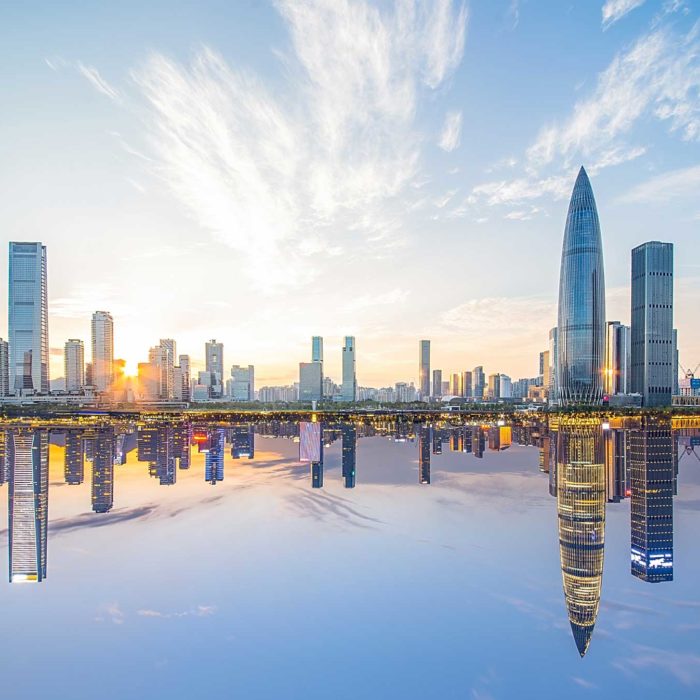
Shenzhen
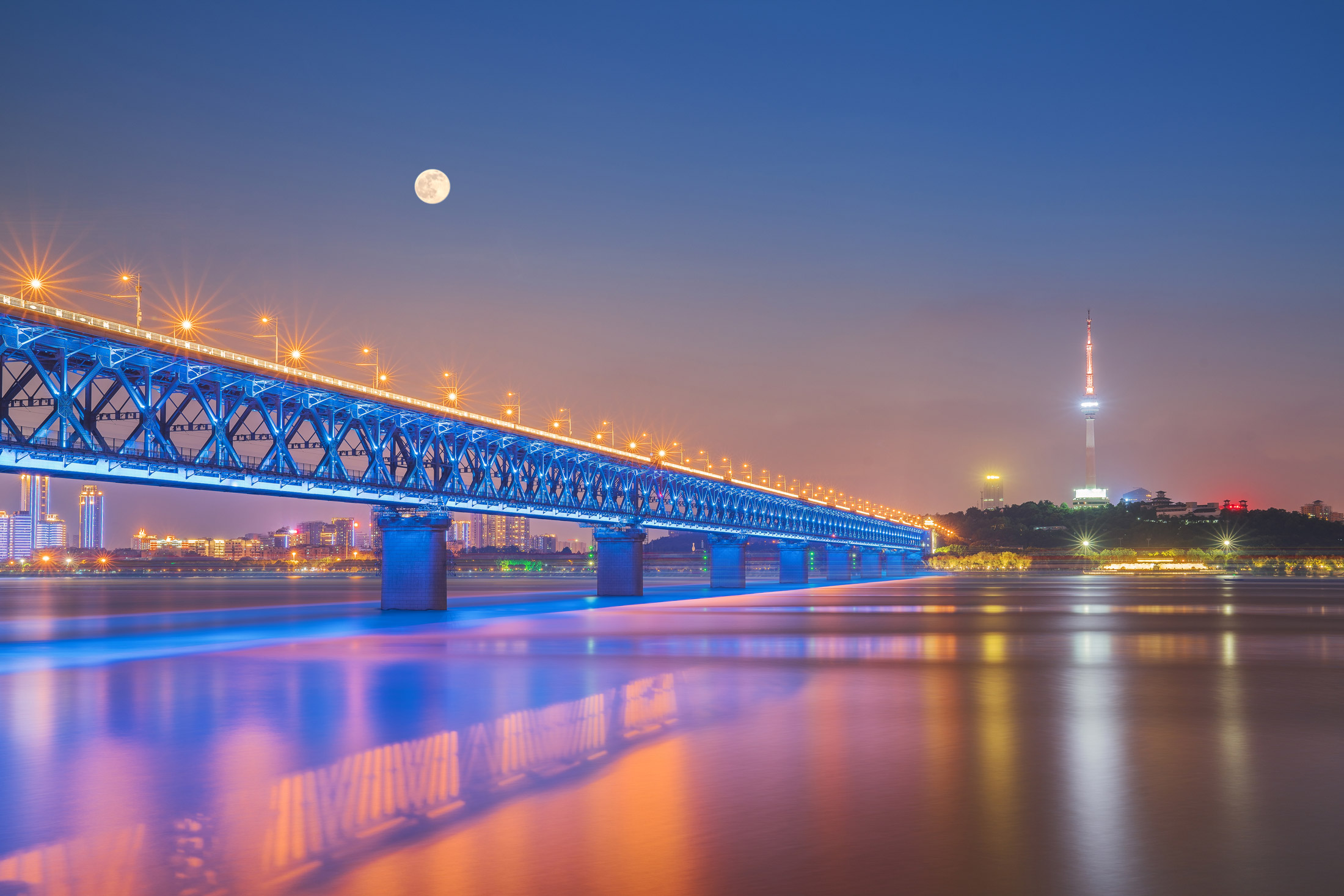
Wuhan

Xi'an
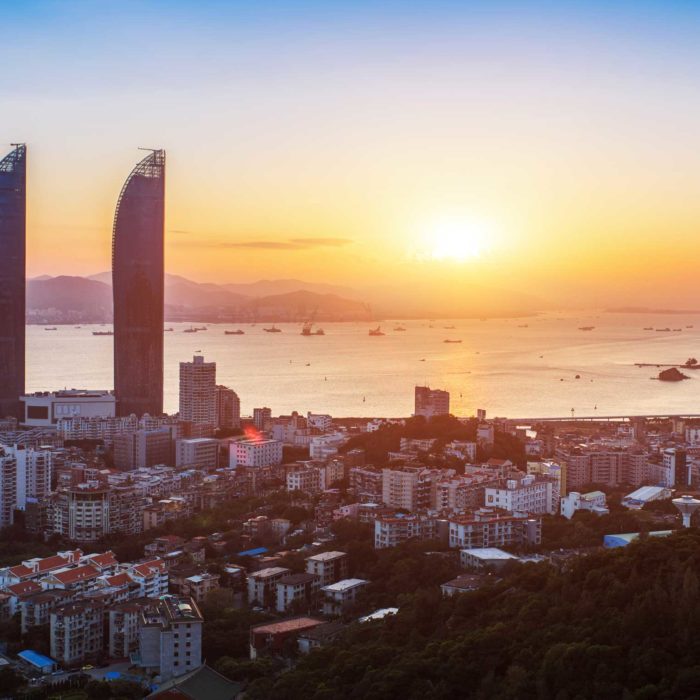
Xiamen
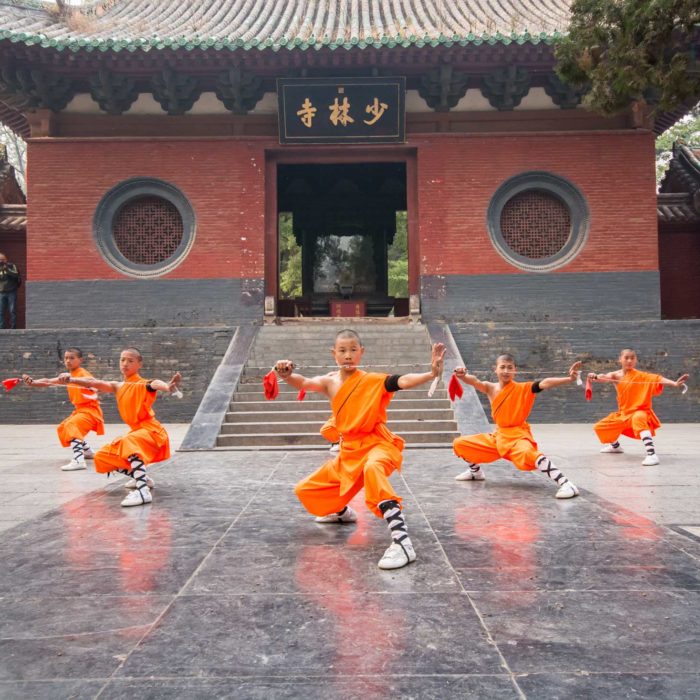
Zhengzhou
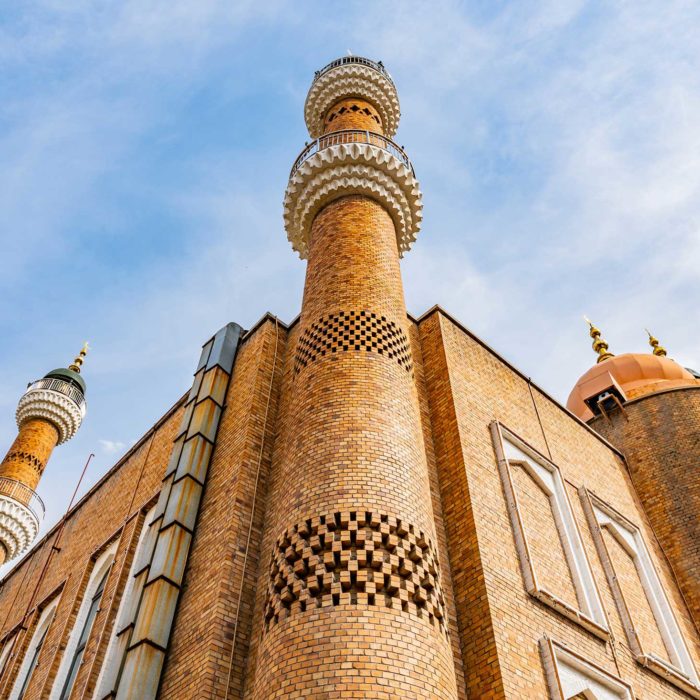
Ürümqi


